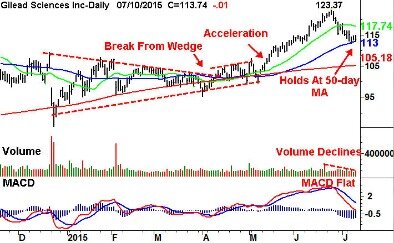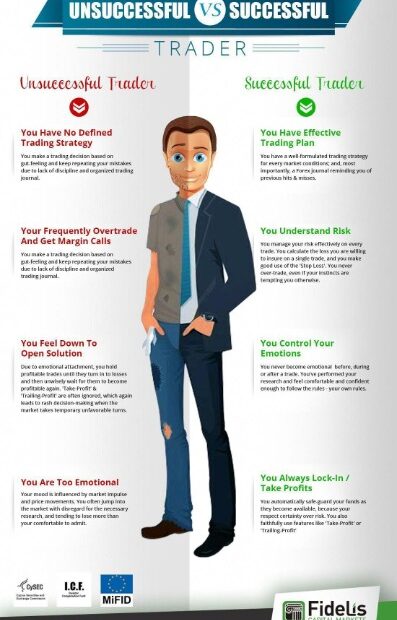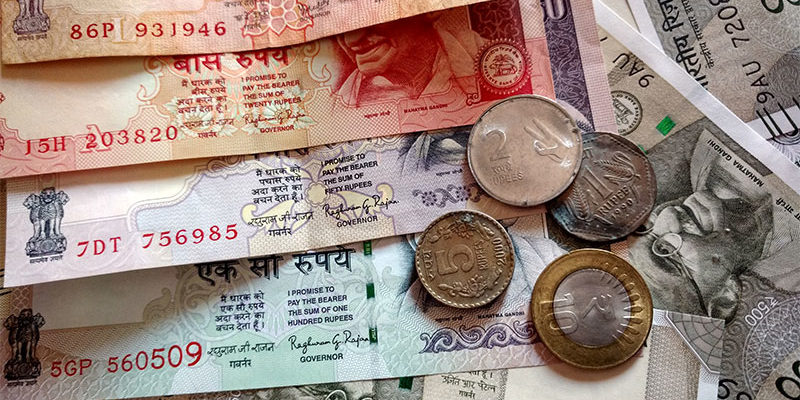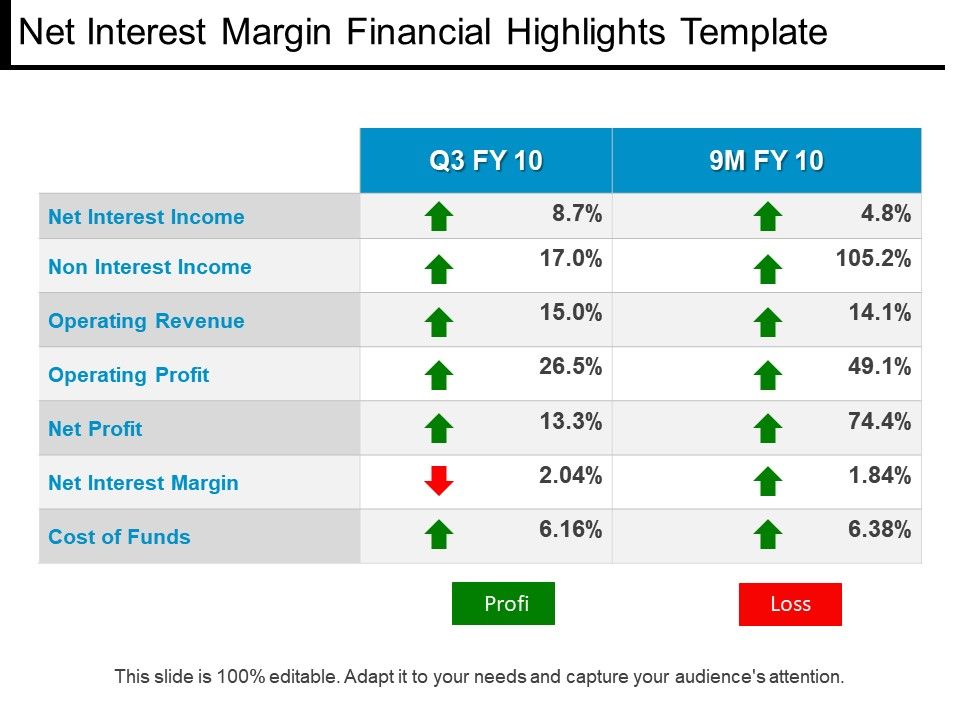
Total payment volume came in at $30.2 billion, marking a 72.3% year-over-year increase. The majority of Wall Street pros think V is one of the best fintech stocks moving forward. All in all, Visa scores a Strong Buy rating with 19 Buy recommendations and three Hold ratings. Several Wall Street analysts seem to agree that MA is one of the best fintech stocks out there. Shares have a Strong Buy rating backed by 19 Buys against just one Hold and one Sell. Volatility profiles based on trailing-three-year calculations of the standard deviation of service investment returns.
It is also an interesting case study of how to build a great financial services firm. The company’s BNPL products witnessed volumes of $4.9 billion in Q2, more than tripling on a year-over-year basis. PYPL recently launched its new BNPL offering called PayPal Pay Monthly, which allows consumers to spread payments out over longer periods of time. Visa (V, $206.67) has the largest payments processing network in the world. But that’s not to say that there hasn’t been significant IPO activity in fintech.
Structural changes, competition and bank stability in Malaysia’s dual banking system
Fintech is important, as it opens crucial financial services to the world’s underbanked population and makes it less expensive for global consumers to move and manage their own money. These companies are not only offering catalysts for these changes, they also offer investors the best chance to profit from them. Formerly known as Square, Block’s (SQ 3.45%) product suite has evolved from a way for merchants to accept credit cards using their mobile phones into a large-scale financial ecosystem for individuals and small businesses.
Investors are divided over how to assess the business as a fintech or a conventional bank, because it provides a variety of monetary services. Cyclicality refers to how sensitive https://day-trading.info/should-you-buy-stocks-in-a-falling-market/ an industry or business is to recessions and other economic fluctuations. As an example, a hotel is a cyclical business since fewer people travel when times are tough.
What are the best fintech companies to invest in?
It’s not always easy to buy stocks when they’re falling rapidly; however, these are usually optimal moments to pull the trigger. The market has been acting illogical lately, and shrewd investors can take advantage of the situation. The fintech industry is here to stay, and as digital payments gain more traction, these three companies are poised for a successful run in the years ahead.
- As for consumers, the younger you are, the more likely it will be that you are aware of and can accurately describe what fintech is.
- Square is also a lender and provides small business loans through its Square Capital division.
- Dealing with insurance companies can be rather unpleasant for consumers, especially when trying to make a claim.
- However, it’s important to consider a company’s growth prospects when evaluating its valuation.
- Fong noted that, like in the first quarter, the company’s TPV growth, credit portfolio and profitability continued to be impressive in the second quarter as well.
For those betting that the economy won’t absolutely collapse over the next five years, SQ stock looks compelling here. She covers finance as well as real estate, technology, pop culture, and more. This means there’s a huge market for both B2B and B2C fintech products. It’s only a matter of time before these increases are reflected in the share price. Futubull and Moomoo offer a wide array of market data and wealth management tools while maintaining a social media aspect.
Bank of America
In its most recently reported quarter, the company saw an adjusted loss of 69 cents per share, which was better than expected but up significantly from the 19-cent per-share loss one year ago. Revenue, meanwhile, increased just 7.1% year over year to $381 million, https://topforexnews.org/investing/where-to-invest-when-interest-rates-are-low/ down from 54% growth in the same quarter last year, while operating expenses rose nearly 19% to $691 million. In particular, PayPal’s person-to-person payment platform Venmo has become an industry leader, growing its vast user base at a rapid pace.
Its Blockchain Center of Excellence focuses on “blockchain use cases to develop in-house technology and pilot solutions across lines of business” within the bank. Chris MacDonald’s love for investing led him to pursue an MBA in Finance and take on a number of management roles in corporate finance and venture capital over the past 15 years. His experience as a financial analyst in the past, coupled with his fervor for finding undervalued growth opportunities, contribute to his conservative, long-term investing perspective. You can also consider reviewing the principles of growth stock investing before you choose which fintech stocks to buy. Many fintech stocks might seem expensive, especially those that aren’t yet consistently profitable.
Our Services
Regulatory uncertainty for ICOs has also allowed entrepreneurs to slip security tokens disguised as utility tokens past the U.S. Securities and Exchange Commission (SEC) to avoid fees and compliance costs. As for consumers, the younger you are, the more likely it will be that you are aware of and can accurately describe what fintech is. Consumer-oriented https://currency-trading.org/software-development/the-business-case-for-rfp-software/ fintech is mostly targeted toward Gen Z and millennials, given the huge size and rising earning potential of these generations. Trends toward mobile banking, increased information, data, more accurate analytics, and decentralization of access will create opportunities for all four groups to interact in unprecedented ways.

This is especially true in the fintech space where companies cover such a broad range of business models, and you should therefore evaluate each stock’s relative safety level individually using the criteria discussed here. That said, just as with any other sector or subsector of the stock market, there is a wide range of risk when it comes to fintech stocks. And, even for those that would be considered risky, the long-term return potential can certainly justify the risks.
Related Articles
Many small businesses that would have accepted cash in the past are now making the move to go cashless. Its stock has been trading sideways throughout the summer but has seen substantial increases in revenue and net income. Conveniently named Future FinTech Group is based in China and specializes in e-commerce and blockchain. Futu has seen success over the last year with a nearly 90% increase in share price. Futu operates two investing apps – Futubull in Asia and Moomoo in the United States.
Compliance chief at Chinese fintech company stole girlfriend’s insider info to trade VMware, tech stocks – CNBC
Compliance chief at Chinese fintech company stole girlfriend’s insider info to trade VMware, tech stocks.
Posted: Thu, 29 Jun 2023 07:00:00 GMT [source]
In addition, Venmo has made PayPal a significant player in the lucrative cryptocurrency trading market, allowing it to compete with Coinbase. Therefore, interested buy-and-hold investors could consider investing around these levels. Information technology (IT) has the highest sectoral allocation with 38.2%, followed by communication services (22.8%), consumer discretionary (16.3%) and financials (15.6%). The ARK Fintech Innovation ETF is an actively managed fund run by Cathie Wood’s Ark Invest.
Now is a great time to add these fintech stocks to your portfolio before they get too expensive. As financial technology improves, consumers are paying in cash far less often. It began as a way for small businesses to accept credit card payments without having to buy expensive point of sale systems. The company works with credit unions and banks to provide loans to consumers. New financial technology has made it easier than ever to pay people back, borrow money, and invest money.



